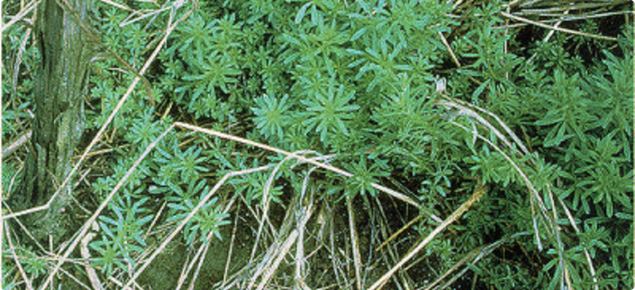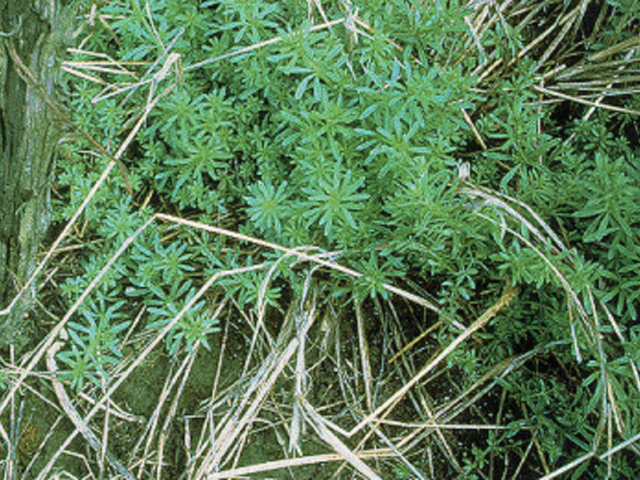What you should know about cleavers
Cleavers (Galium aparine) is a weedy member of the Rubiaceae family (the madder family).
Cleavers was introduced to Western Australia (WA) in 1996 as a contaminant of canola seed that was imported from New Zealand. It has also been introduced separately to other parts of the state and is common in the Bridgetown area. It is originated in Eurasia. It is a major weed of canola overseas.
Why cleavers matters
Cleavers is a competitive climbing plant forming dense masses of tangled vegetation in crops and along fencelines and on waste land.
It is controllable in cereal and legume crops by herbicides, but difficult to control in canola. The size of the seed makes it difficult to separate from canola during seed cleaning.
Cleavers is an annual plant germinating in autumn. It spreads by seed. Seeds are dispersed by wind, water, on the plant and especially by people or animals. The seeds survive in the soil for up to three years. It prefers acid to neutral soils, but may well grow on other soil types under less-favourable conditions.
What you should look for
Cleavers is a straggly scrambling or climbing plant with weak branched stems up to 1.5m long. The stems are hollow, square in section with ridges at the corners.
The leaves form whorls of four to eight at nodes on the stems. They have no leaf-stalk. Leaves and stem are covered with hooked hairs and spines. The whole plant feels sticky.
The flowers usually have four white petals. They are small, about 2mm in diameter, and are carried on a short straight stalk (peduncle) arising out of the bases of the leaves.
The seeds consist of a pair of spherical nutlets each about the size of a canola seed. They are covered with hooked hairs and feel sticky. They hook on to clothing and the coats of animals. When dry the seeds separate. The hooked hairs are often rubbed off during harvesting operations.
Cleavers is easily confused with three-horned bedstraw (Galium tricornutum), which is a serious problem weed in South Australia and a target for eradication in WA.
What you can do about it
Practice good biosecurity to avoid introducing cleavers and other weeds to your property. Search suspect paddocks and carry out prescribed control measures.
Further information
For further information on cleavers, look at the following webpages
- Cleavers: declared pest: for damage done, reporting and requirements
- Cleavers control: for control
- or contact the Pest and Disease Information Service.



